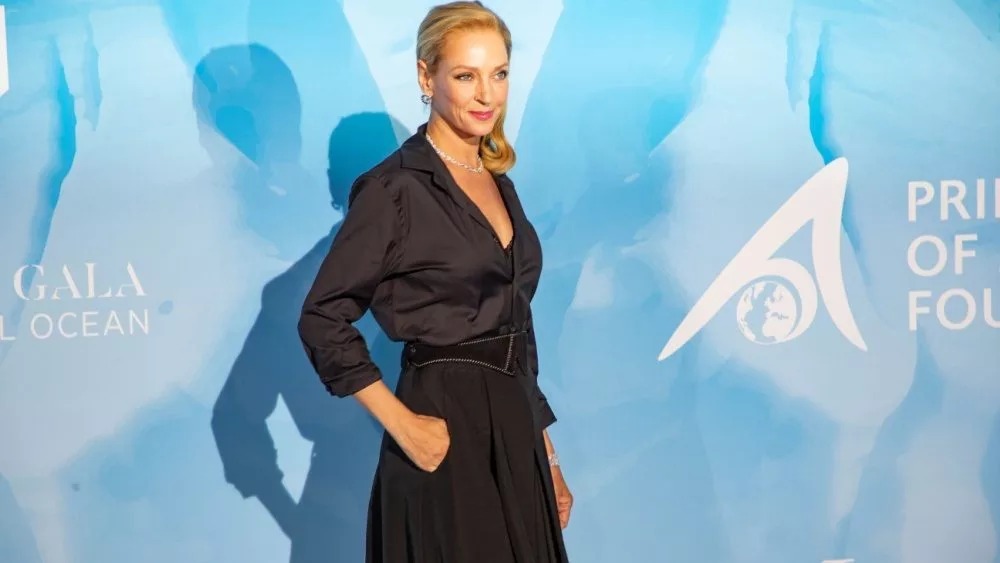By Michael S. Derby
NEW YORK (Reuters) – The U.S. public’s near-term inflation expectations were largely stable in January, a Federal Reserve Bank of New York report found, as respondents to the survey also predicted a notable softening in future spending plans.
The expected level of inflation at both the one-year and three-year ahead horizons was unchanged at 3% last month, the bank said in its latest Survey of Consumer Expectations released on Monday, while the expected level of inflation five years from now moved to 3% from 2.7% in December. January also saw the public predict bigger future price rises for food, gasoline, rent, college and medical costs, while home price expectations increased to 3.2% from December’s 3.1%.
The New York Fed report’s relatively benign view on the future path of inflation comes just after a report on Friday from the University of Michigan that found a very sharp rise in year-ahead expected inflation, which rose from 3.3% in January to 4.3% in February, amid a broader drop in overall consumer sentiment levels for the month.
The New York Fed survey data was collected through the month of January whereas the Michigan survey period moved into early February.
Overall rates of inflation have been slowly coming down for some time amid relatively stable inflation expectations, but there is considerable uncertainty about what lies ahead. President Donald Trump’s economic agenda features a call for strong trade tariffs and deportation of undocumented workers, a combination that most economists believe will cause higher inflation over time, although they are not sure how much.
Fed officials believe the expected level of inflation has a strong influence on actual price pressures and have flagged stable expectations as part of their confidence inflation will ultimately return to the 2% target.
In a separate report on Monday, the Cleveland Fed said that in the first quarter top business executives expected weaker inflation pressures over the next year, with the predicted change in the consumer price index falling to 3.2% from 3.8% in the final quarter of 2024.
The New York Fed report found a bit of a mixed bag on the consumer front. In January, the expected change in future household spending moved down to 4.4% from December’s 4.8%, for its lowest reading since January 2021. The report noted, however, that reading was still above where it was before the COVID-19 pandemic.
The New York Fed said that as of last month people’s perception of their financial situation had slipped relative to December, while perceptions of access to credit improved.
(Reporting by Michael S. Derby; Editing by Andrea Ricci)
Brought to you by www.srnnews.com








